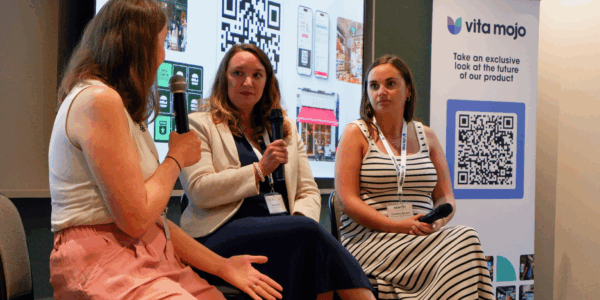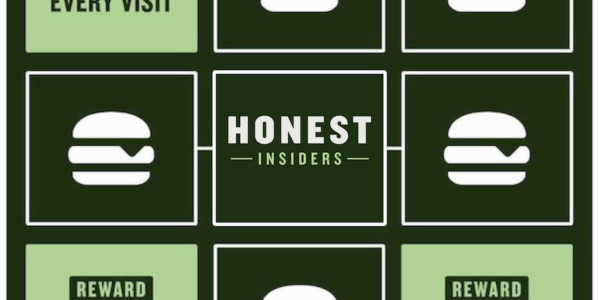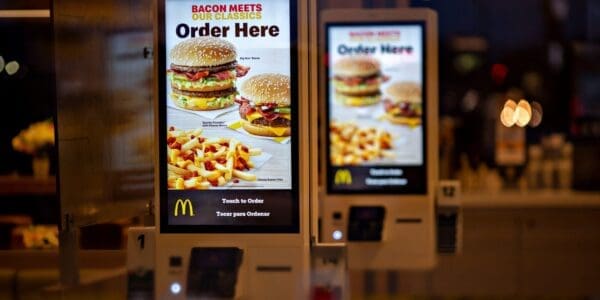Here we take a look at 30 restaurant industry and consumer trends sourced from studies and articles that look at the state of the ever-changing industry in the UK.
Consumer Food Preference:
- 52% of consumers want to reduce sugar intake
- 51% of consumers want to increase fruit and vegetable consumption
- 42% of consumers are interested in fast food restaurants like KFC, Burger King and Gregg’s introducing “fake meat” vegan options
- 59% of consumers agree that they would eat less meat if there were better meat-free options available from the restaurant industry
Sustainability:
Sustainability is becoming an increasingly important trend as consumers are more drawn towards reusable cups, compostable cutlery and reduced plastic use.
- 60% of consumers are more likely to use a refillable water bottle
- 49% of consumers believe it is important to source environmentally friendly ingredients
- 48% of people think it is important to source environmentally friendly packaging
As a result of consumer demand, operators in the restaurant industry are progressively more focused on sustainability.
- 77% of leaders say that sustainability is a priority to their organisation
Technology:
Technology has never before played such a key role in the restaurant industry – there are now solutions that can enhance every aspect of restaurant operations and consumer experience.
Digital Ordering:
- 28% of consumers have used apps to order and pay for food
- Restaurant digital orders, which are defined by meals or snacks ordered via mobile app, internet, or text message, have grown by 23 percent over the past four years and now represent 3.1 billion visits and $26.8 billion dollars
- Digital orders are set to continue to grow by double-digits through 2020 with growth across all service modes including delivery, on premises, and carryout
Kiosks:
- 31% agree or strongly agree that more outlets should use apps and kiosks
- 41% of consumers who were served using kiosks felt it enhanced their experience
- 54% said their ordering experience was quicker and 33% said their food arrived quicker
- 89% of restaurant operators are either using kiosks or planning on using kiosks in the near future
Veganism:
The rise of veganism is a valuable consideration for restaurants as an increasing number of consumers are addressing their meat consumption.
- One in eight of us – or almost 13% of the UK population – is now vegetarian or vegan, with one in five (21%) identifying as ‘flexitarian’
- 5% of the population are cutting down on – or cutting out – meat
- 21% are flexitarian 9.5% are vegetarian 3% are vegan 60% of vegans and 40% of vegetarians have adopted the lifestyle over the past five years
- 55% Animal-welfare Concerns, 45% ‘It’s healthier for me’, 38% Environmental concerns
- 29% of consumers say it is important or very important that the meals they choose do not contain much meat as they are trying to reduce meat consumption
Coffee:
- Digital coffee visits remain undeveloped – 11% are digital orders in China, while the UK remains at 2%
- Past 12 months has seen a 4% growth in the UK market worth (highest in Europe; lags China at 8% growth).
- 50% of coffee visits are from quick service restaurants
- 25% of our ‘milks’ range is now made up of non-dairy options
- The biggest areas of growth are: +116% oat milk
Health:
- 65% of consumers are proactively trying to lead a healthy lifestyle
- Health has seen the highest increase in importance for food and drink operators
- 47% 18 -34 year olds are influenced by nutritional information on menus
Future Trends:
A new global study by Oracle, entitled Restaurant 2025, has found that technologies such as drone food deliveries, 3D printing of food, voice activated responses and biometric diner recognition are set to transform the traditional dining experience.
- 64% of restaurant operators say that the use of robots for cleaning is appealing
- 60% of restaurant operators said restaurant location planning using artificial intelligence would be mainstream or in mass adoption by 2025 with potential applications also including menu planning for personalised nutrition plans, waitlist and capacity management, dynamic prep times and seating planning and forecasting
What do these trends and stats have in common?
For starters, consumers are trending towards a more health conscious diet with food transparency. Also, not only do consumers want food that is healthy and fresh, but they are looking for convenience and speed.
More so, technology in restaurants is becoming the norm and in order to keep up with consumer demands restaurants need to digitally transform.
Whether you are an entrepreneur looking to open a restaurant or a seasoned owner looking to make some changes, these statistics and trends are invaluable to keep in mind.
Sources:
https://www2.deloitte.com/content/dam/Deloitte/uk/Documents/ConsumerIndustrialProducts/deloitte-uk-casual-dining-market.pdf
https://qsrmedia.co.uk/research/in-focus/key-food-go-trends-2019
https://www.waitrose.com/content/dam/waitrose/Inspiration/Waitrose%20&%20Partners%20Food%20and%20Drink%20Report%202018.pdf
https://www.npd.com/wps/portal/npd/us/news/press-releases/2019/while-restaurant-delivery-gets-all-the-buzz-digital-orders-overall-grow-by-double-digits/
https://www.bighospitality.co.uk/Article/2018/09/04/Future-restaurant-technology
https://www.restauranttechlive.co.uk/news/blog.asp?blog_id=4506


